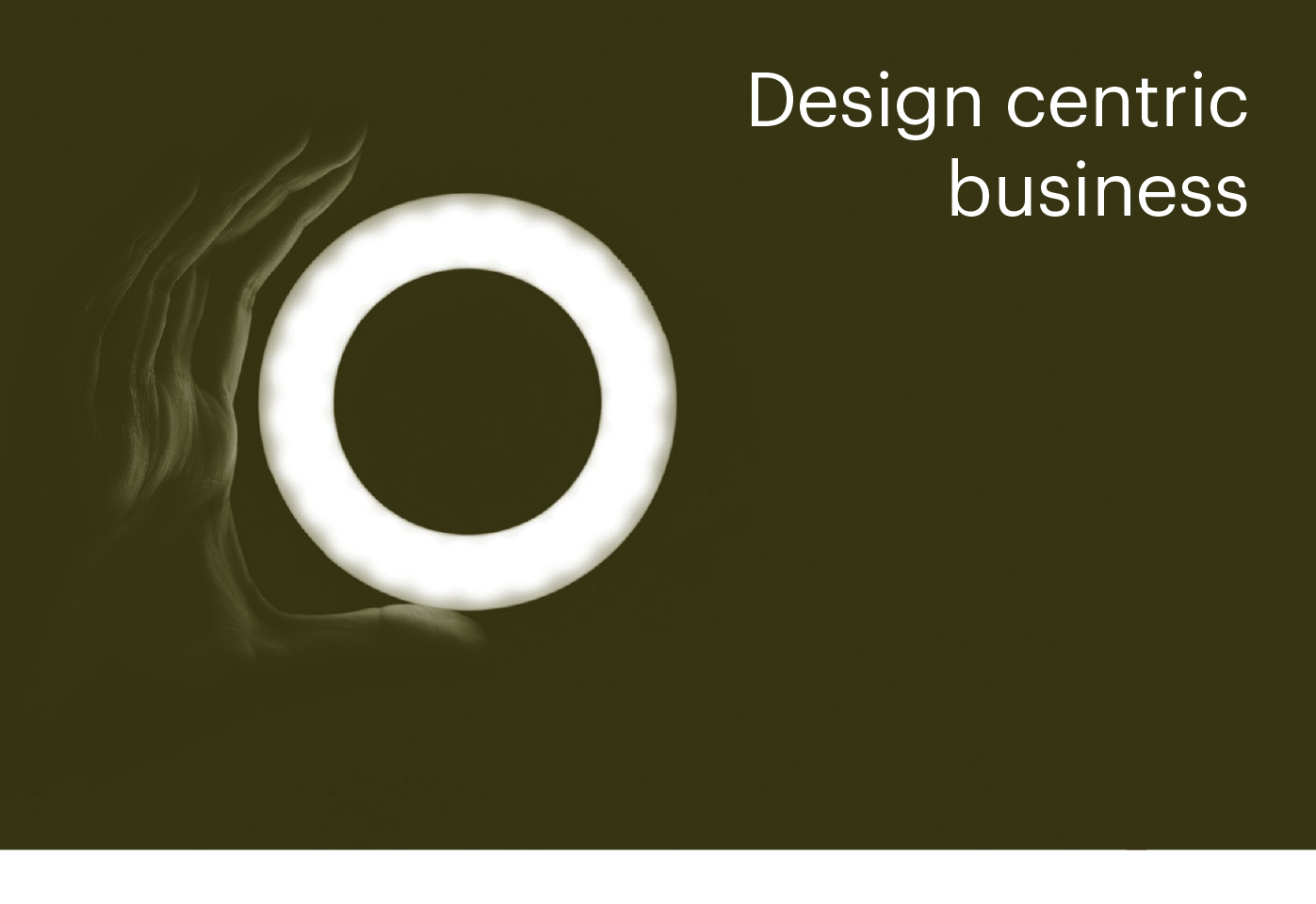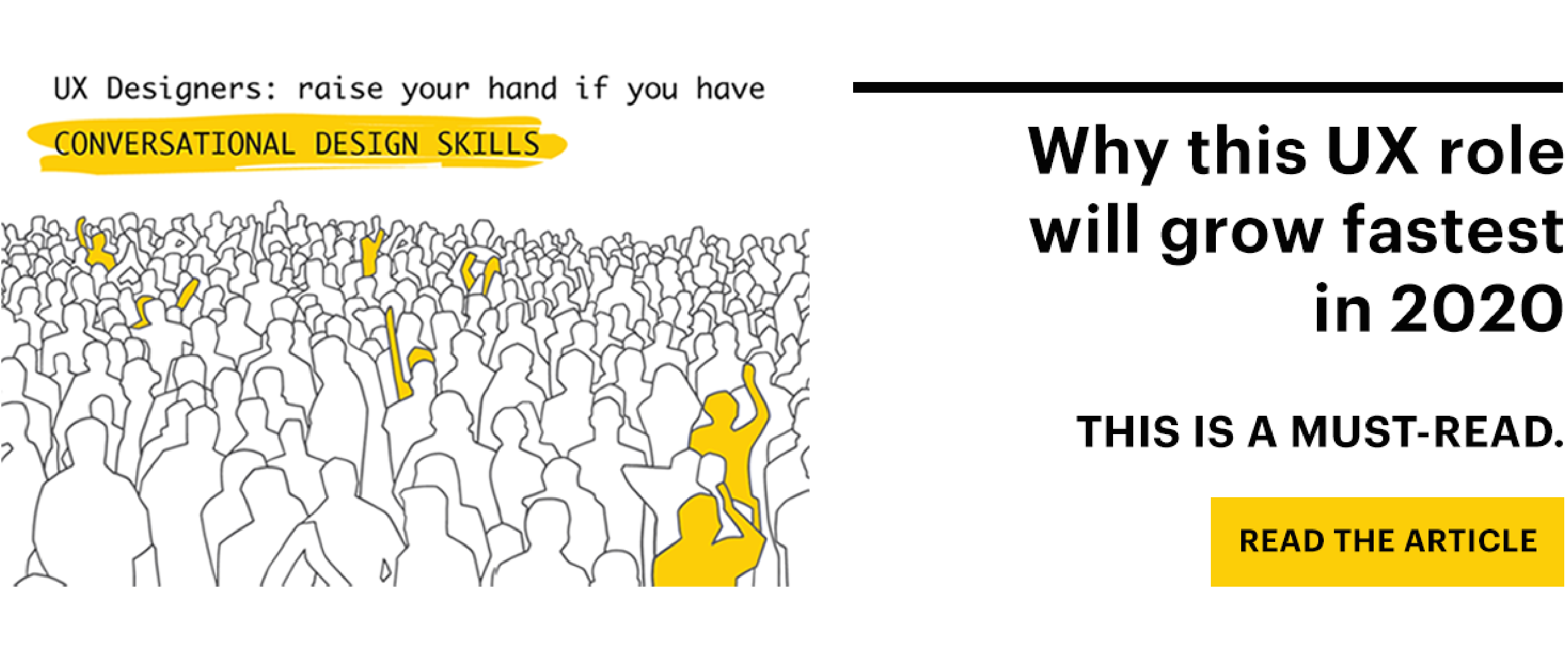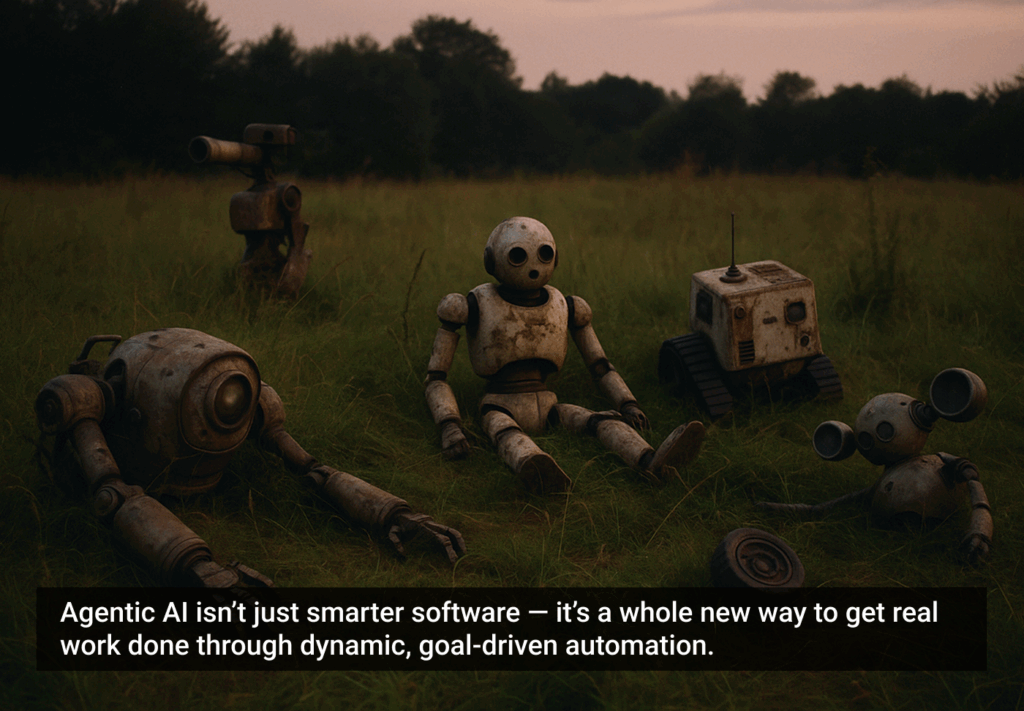In a recent conversation with a client, who is about go through a serious growth spurt, he said “any business that doesn’t put design at the centre of its business is mad.”
I would have to agree, but then again I would, wouldn’t I?
The metrics
To put the day job aside and examine this objectively, you only have to look at companies such as Apple, Airbnb or Dyson. These are companies that place design at the heart of their business and report stellar growth and profits—not to mention loyal customers.
If you wanted less anecdotal evidence than my previous sentence, and more extensive analysis and research, then read the McKinsey report ‘The business value of design.’
In their report, McKinsey gathered 2 million pieces of financial data and 100,000 design actions over five years, and found that design-led companies had 32% more revenue and 56% higher total returns to shareholders compared with other companies.
But what does design or design thinking mean to a business?
Design and design thinking is another way of saying that you empathise with your customer. Good designers look at a problem and solve it with the user in mind—be it a physical product (a Herman Miller Aeron chair) or a digital service (Airbnb). It’s about seeing the world through the eyes of the person you are designing for. (A designer’s trait, through and through.)
Tim Brown, CEO of IDEO defines design thinking as a “human-centered approach to innovation that draws from the designer’s toolkit to integrate the needs of people, the possibilities of technology, and the requirements for business success.”
Don’t think about design as just as form, it’s about function too. Your customer interfaces with your business in so many different ways. How did I find out about your product or service in the first place? How do I buy it? If it’s a physical product, how do receive it and how do I unpack it? If I have a problem, how do I get support? How do I recycle it once it has reached the end of its life or failed?
I am pretty sure I don’t have to tell you that if one experience is stellar and another is woeful you will start to haemorrhage customers. So design should apply to all parts of the customer experience, not just a veneer on a single entity.
This means carrying out research—yup, actually talking to your customers—prototyping and constantly iterating. Just because a product or service is launched it doesn’t mean the work ends there either. Just look at Apple, Airbnb or Dyson. They are constantly honing and refining what, in essence, has been their product line or service for years.
The case for a design centric business
The Design Management Institute has been measuring the value of design centric organisations against the S&P Index. Their Design Value Index report of 2015 showed that over the last 10 years, design-led companies maintained significant stock market advantage, outperforming the S&P Index by 211%.
Not only do design centric businesses perform well on the stock market, but in the last decade investors have started to actively invest in businesses with a strong design centric ethos. This represents a shift in the investor’s mindset. Just take a look at Accel’s roster of companies they have invested in—Dropbox, Facebook, Slack and Spotify, to name a few.
From venture capital firms in Silicon Valley to professional services firms, all are joining the fray. Accenture, McKinsey and PwC have all made acquisitions or are employing their own partners to gain a competitive advantage through design.
For a long time, design has been within the realms of middle-management (no offence middle-management). Once design rises to the C-suite it becomes intertwined with business strategy. I pick my words carefully here, as drawing a line between the two sees us falling back into commoditising design again.
‘Design centric’, not ‘design led’
Before you think I have jumped up on the soapbox, this isn’t about creating a ‘design-led’ business.
In a Wired article, Airbnb’s head of design, Alex Schleifer reveals that “every project team at Airbnb now has a project manager whose explicit role is to represent the user, not a particular functional group like engineering or design.”
Typically, the key players to ensure results in a digital service business are product managers, data analysts, user experience designers and engineers.
Product managers are the main decision makers and view opportunities through a business lens. Data analysts measure what has happened and identify opportunities for optimisation. User experience designers meet user needs and view everything through the user’s eyes. Engineers collaborate with all parties and bring the vision to life, be it a chair or an app.
Not only are humans, technology and the business well represented, but in the centre of all that, what do we have? The user.
So when a business adopts a design centric philosophy it means it is pervasive and interwoven into the very fabric of the organisation and all teams contribute.
The challenge and the challengers
Due to globalisation and the digitisation of pretty much everything.com, the barriers to entry are that much lower. This does mean that your competition will be greater, your point of difference and customer experience that much more crucial.
So based on the evidence of the above, the brands that adopt design centric thinking will win quicker. Just look at the Fintechs and Insurtechs that have emerged in the last decade disrupting centuries old businesses or institutions.
I have a hot coral card in my wallet, and what drew me towards opening a Monzo account? The app, the user experience, the fact that as a user and a member of their community I got to vote on how Monzo charged foreign exchange after admitting it was costing them a fortune.
Over night they have challenged the way banks operate and they did that because they put me (their user) at the centre. They put my convenience before theirs (sometimes at their cost).
See how they constantly iterate, refine and hone? Imagine an incumbent doing that!
Conclusion
In the process of writing this, what I have come to realise is that ‘design centric’ is perhaps a little misleading. It should be ‘user centric’.
Design and design thinking are the tools and methodologies that have always gotten us closer to thinking about the user—your customer. Through constant iteration and the ensuing feedback loop, whether in testing or out in the wild, businesses get closer and closer to solving user problems. And, by delighting them, there is a chance they will leave a small dent in the universe however small.
Now why wouldn’t a business not want to do that?
They’d be mad not to.









